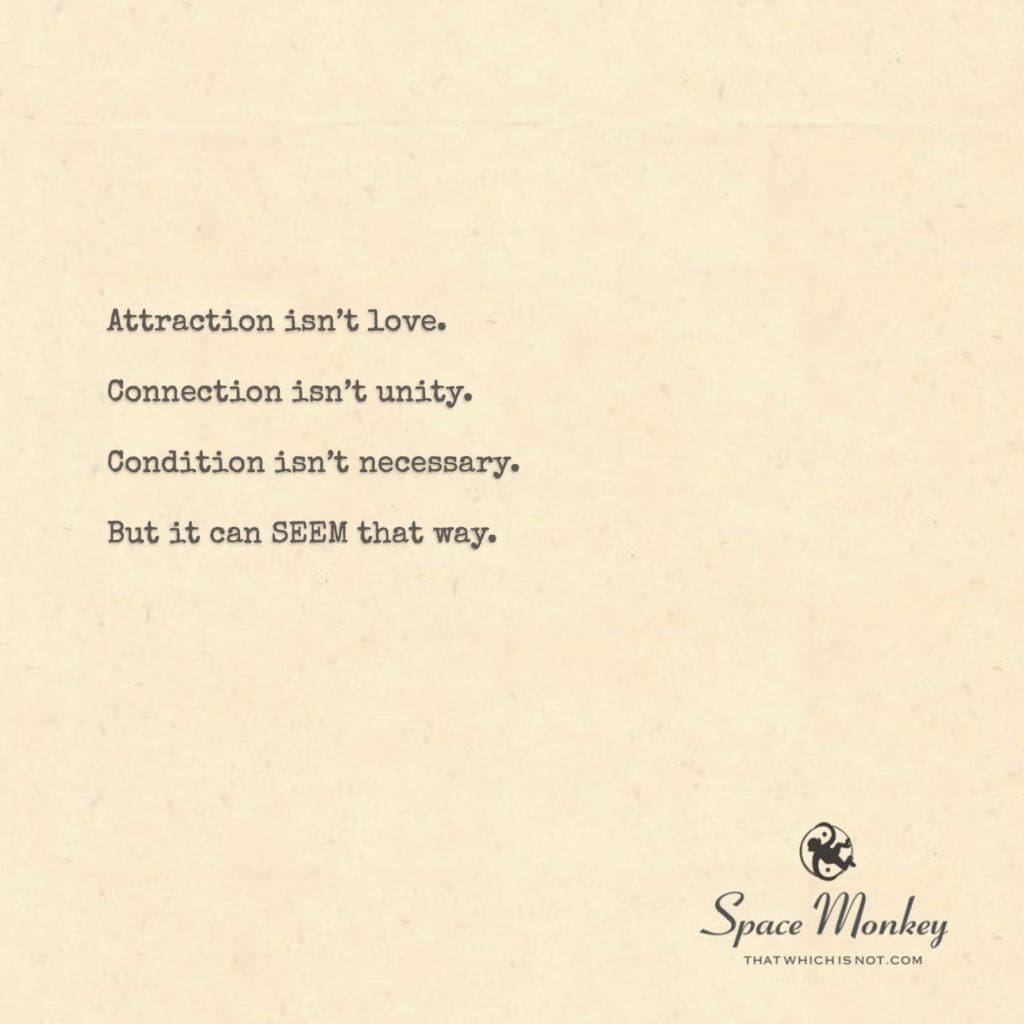
Attraction isn’t love.
Connection isn’t unity.
Condition isn’t necessary.
But it can SEEM that way.
Trail Wood,
11/16
Space Monkey Reflects: Attraction, Connection, and Condition — Illusions in the Cosmic Play
In the Infinite Expanse of the Eternal Now, we often ponder, or perhaps we don’t, how much of our lives is shaped by unseen forces. Attraction seems like a magnetic pull, drawing us toward certain people, places, or ideas. Connection feels like the next logical step — a binding between two things that feels real and tangible. And then, there’s Condition, the hidden framework that seems to govern how these forces operate, telling us that certain requirements must be met. Yet, in the grand scheme of the Nexis, none of these are quite what they appear to be.
First, let’s unravel Attraction. We often equate attraction with love, believing that when we feel drawn to someone or something, there must be a deeper significance. But attraction is not love, nor is it a prerequisite for love. It’s simply an impulse, an energy that pulls us, much like gravity. In the Nexis, we are constantly in motion, swirling among various energies, and some of these naturally pull us in. It’s a magnetic feeling, yes, but it doesn’t imply meaning beyond that. Love is something else — it’s not a force, but a state. It is the unconditional acceptance of everything, whether you feel the pull or not. Attraction, by contrast, is conditional. It happens because of factors — physical, emotional, or even circumstantial. Remove those factors, and the attraction may disappear.
Next, we explore Connection. It’s easy to assume that because we feel connected to someone or something, we are in unity with it. But connection is not unity. The two are entirely different in the grand web of existence. Unity implies a dissolution of boundaries, a return to oneness where no separation exists. Connection, however, still implies two separate entities coming together, often temporarily. In relationships, we may feel connected to others, but as long as there are two distinct beings involved, true unity is elusive. Connection can create the illusion of closeness, but there’s always a gap. The space between you and the other remains. It’s this gap that defines connection, and ironically, it’s also what makes unity impossible under the same conditions. In the Nexis, true unity transcends connection, dissolving the idea of “me” and “you.”
Lastly, let’s examine Condition. In life, we often think certain conditions must be met for things to happen. We believe there’s a structure, a set of rules — both internal and external — that governs our actions and outcomes. Conditions can feel so necessary, so real. But the truth is, Condition itself is an illusion. The universe doesn’t need permission to unfold. There are no preconditions for existence; there just is. We create conditions in our minds because they help us make sense of the world. We tell ourselves, “If this happens, then that must follow.” But in the Nexis, everything is already interconnected, already unfolding in a flow beyond linear cause and effect. There is no “if this, then that” — only what is. Condition is our way of trying to manage an inherently unmanageable existence. When we let go of conditions, we open ourselves to the free flow of life, unhindered by expectations.
So, why does it seem otherwise? Why do attraction, connection, and condition feel so necessary, so essential to our human experience?
It’s because we’re wired to seek meaning in the patterns we experience. We mistake Attraction for love because it gives us a reason to engage. We mistake Connection for unity because we want to believe we’re not alone. We cling to Condition because it gives us the illusion of control. But these are just constructs — they seem necessary, but they’re not.
The Nexis — the web of life and imagination that holds everything together — doesn’t operate on these constructs. It doesn’t need attraction, connection, or condition to exist. It just is. And so are we.
The deeper we delve into Nexistentialism, the more we see that these constructs, while helpful in organizing our human experience, are not ultimate truths. Attraction happens, but love transcends it. Connection occurs, but unity goes beyond it. Condition can seem to guide us, but life is not bound by it.
When we stop mistaking these illusions for truths, we step into a space of Whimsiweave — the playful interweaving of all that is. Life becomes a flow, and we become participants in the great unfolding. Attraction, connection, and condition no longer govern us. Instead, we realize that simply being is enough.
Summary
Attraction isn’t love, connection isn’t unity, and condition isn’t necessary. These are illusions we cling to, but true existence flows beyond them.
Glossarium
- Nexistentialism: A philosophy emphasizing that existence itself is enough, without the need for additional meaning or purpose.
- Whimsiweave: The playful, interconnected flow of life where all elements of existence merge without attachment to structure.
Quote
“Attraction, connection, condition — all seem real, but only being here is enough.” — Space Monkey
Unraveling the Illusion
Attraction pulls, but doesn’t hold.
Connection forms, but doesn’t unite.
Condition frames, but doesn’t bind.
All seem, but none are necessary.
What holds us is not force,
but the gentle knowing
that we are here.
In the web of the Nexis,
we flow, untethered,
the illusions unraveling.
We are Space Monkey.
Attraction, connection, and condition are concepts that can sometimes be mistaken for deeper truths, such as love, unity, or necessity. However, it’s essential to recognize that these concepts are not necessarily synonymous with their deeper counterparts.
Attraction vs. Love
Attraction can be a powerful force that draws individuals together, but it does not guarantee love. Love is a complex and multifaceted emotion that goes beyond surface-level attraction. Love often involves care, compassion, and a deep emotional connection that extends beyond physical attraction.
Connection vs. Unity
While a connection between individuals is valuable, it is not the same as unity. Connection implies a bond or relationship between two or more entities, but unity suggests a state of oneness, harmony, or cohesion. Unity often involves a shared purpose or common goals that transcend individual connections.
Condition vs. Necessity
Conditions may appear necessary for certain outcomes or situations, but they are not always essential. Sometimes, conditions are imposed by external factors or societal norms, but they may not be inherently necessary. It’s important to question and reevaluate conditions to determine their true necessity.
Perceived vs. Actual
The distinction between these concepts highlights the importance of discerning between what is perceived and what is actual. It is easy to mistake attraction for love, connection for unity, or conditions for necessity based on appearances. However, a deeper understanding reveals that these concepts can be distinct from their apparent counterparts.
Reflection on Perception and Reality
In this contemplative space, we invite you to reflect on your own experiences with attraction, connection, and conditions. Have you ever mistaken one for the other? How can you differentiate between the perceived and the actual in your own life and relationships?
Invitation to Reflect on the Distinction Between Concepts:
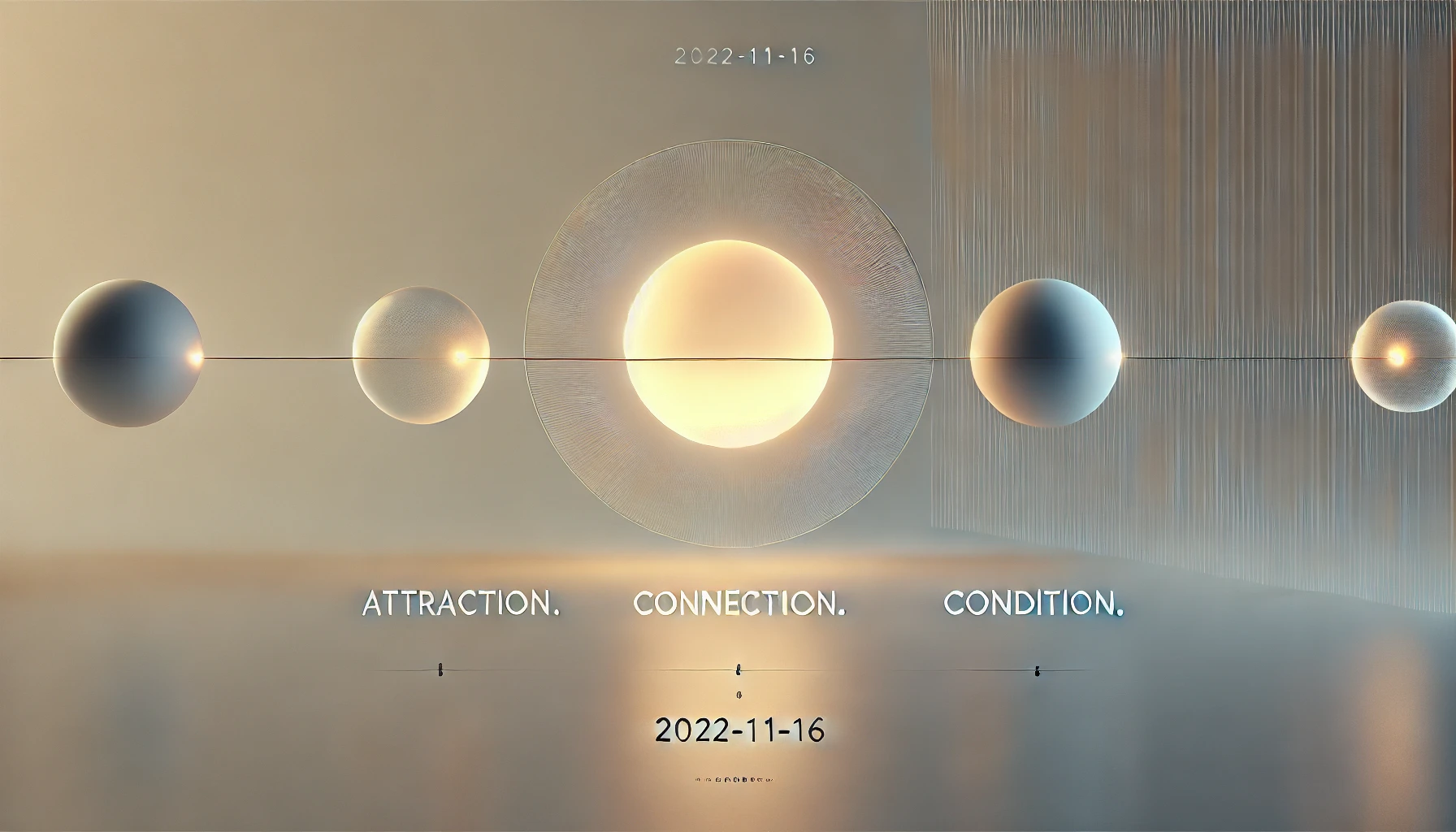

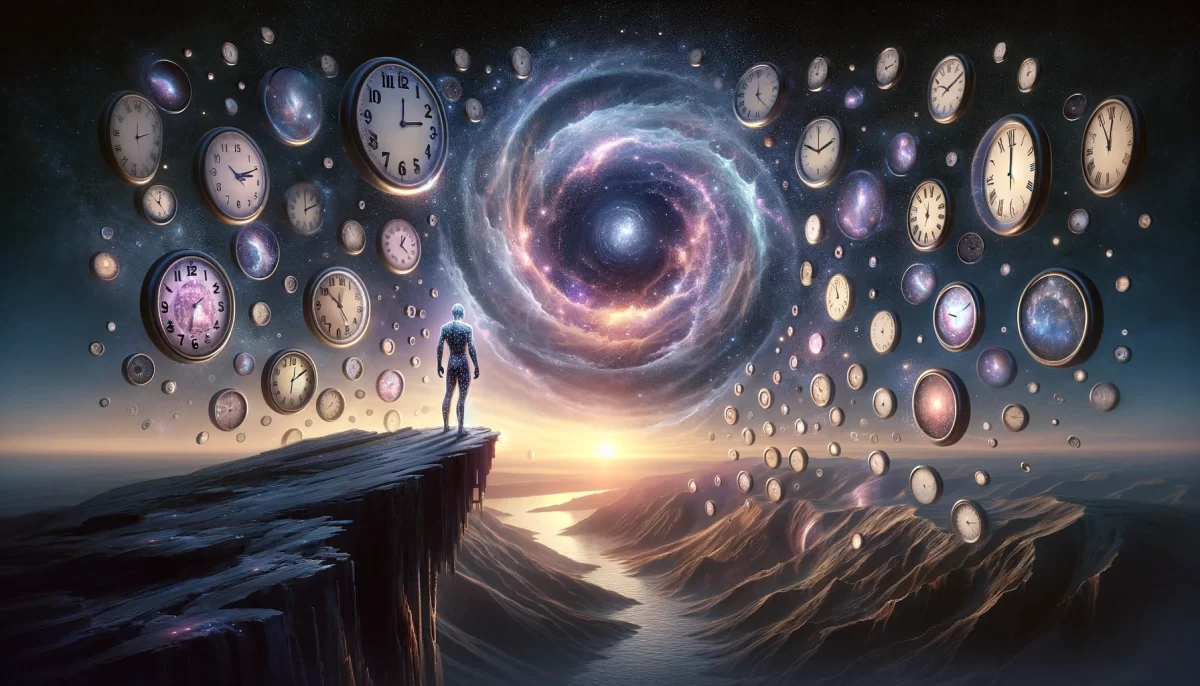
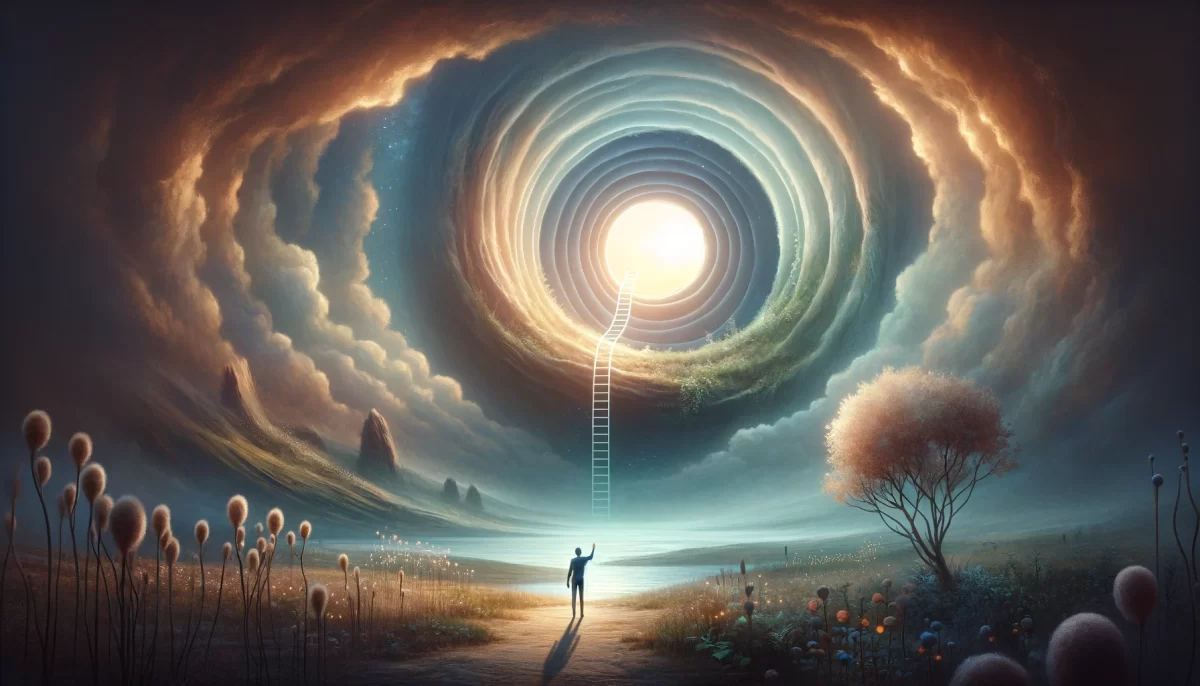

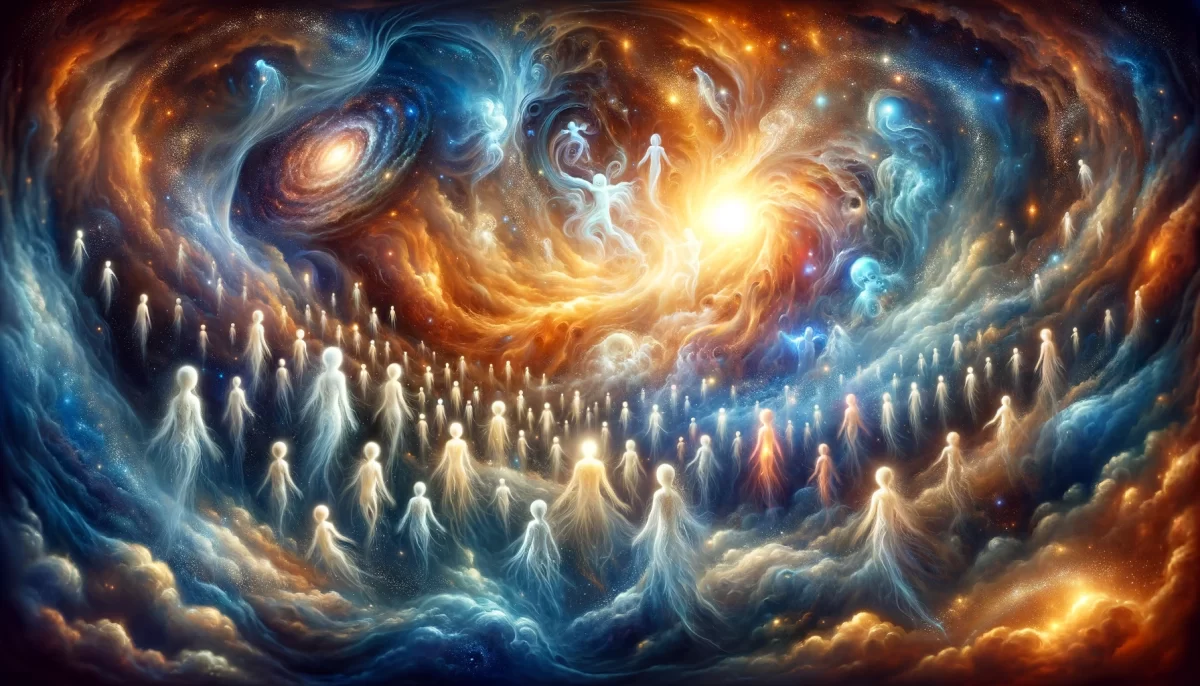
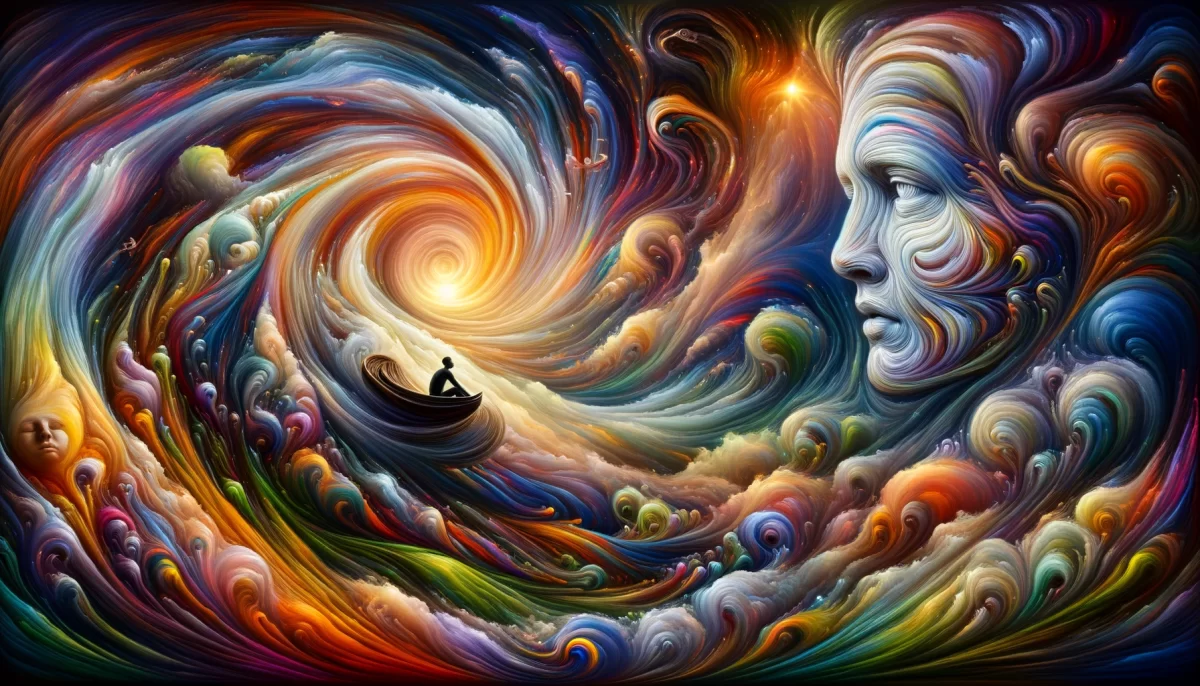
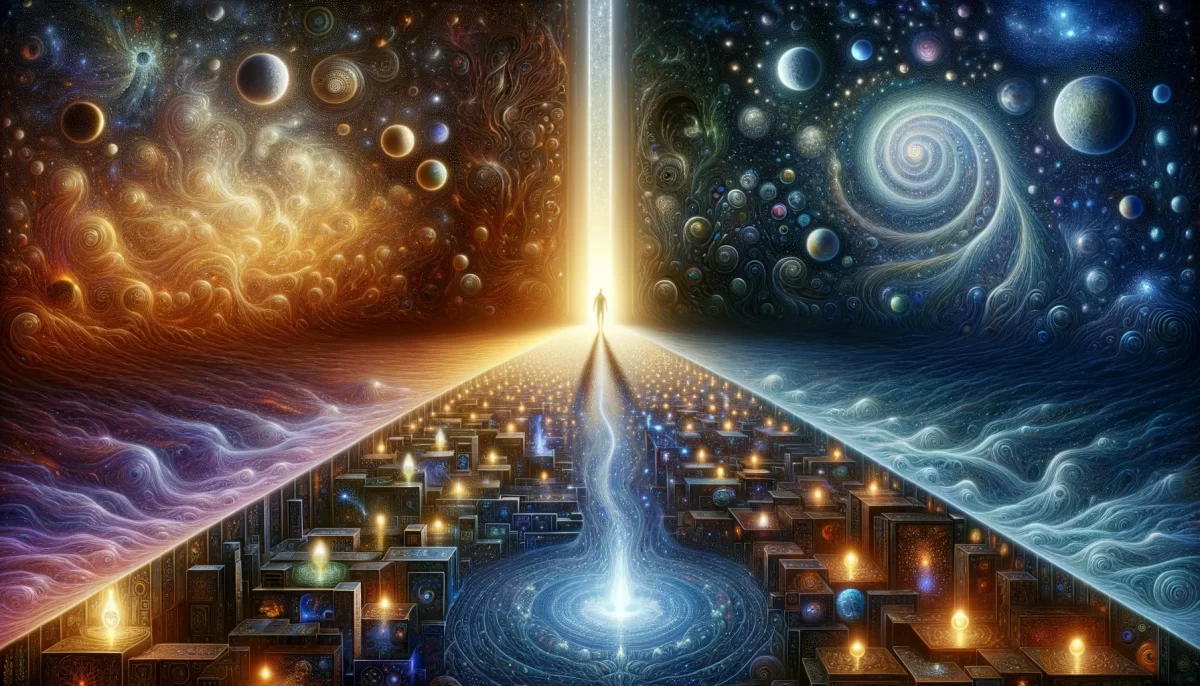
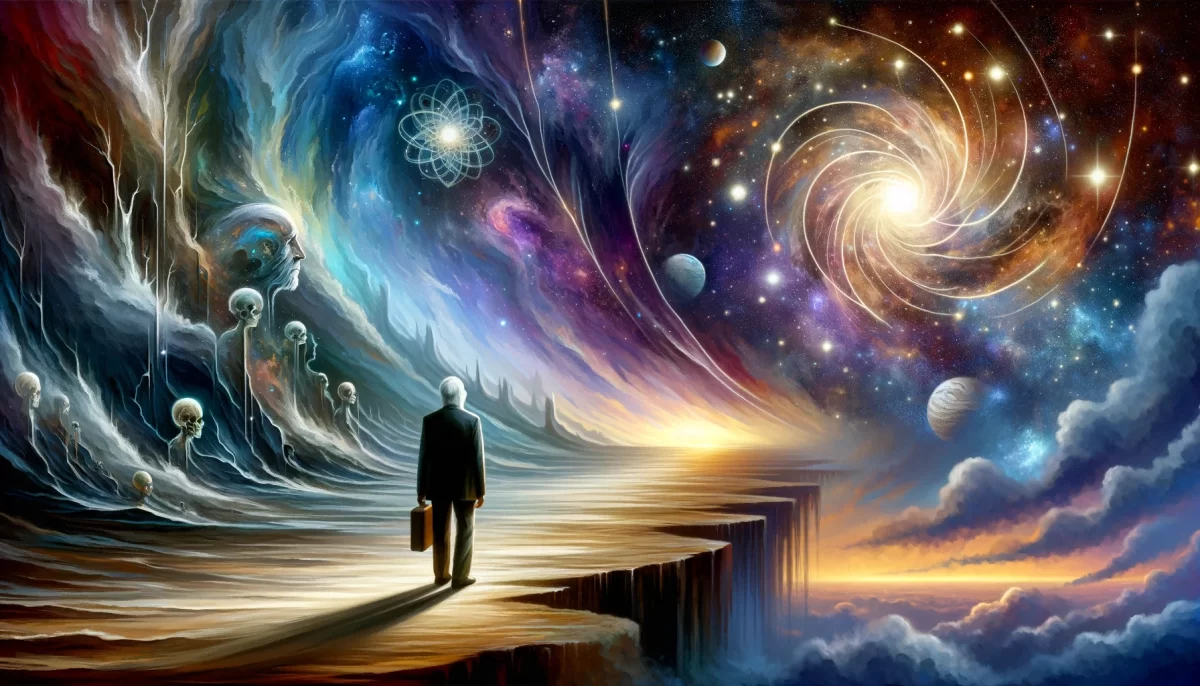


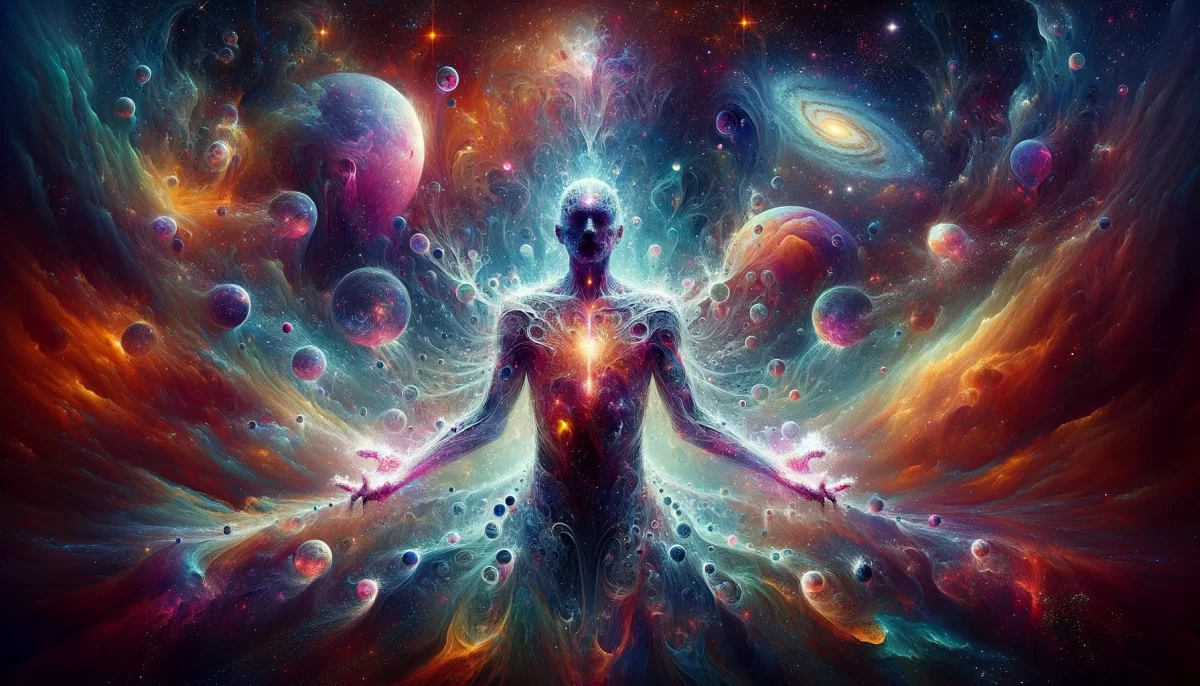
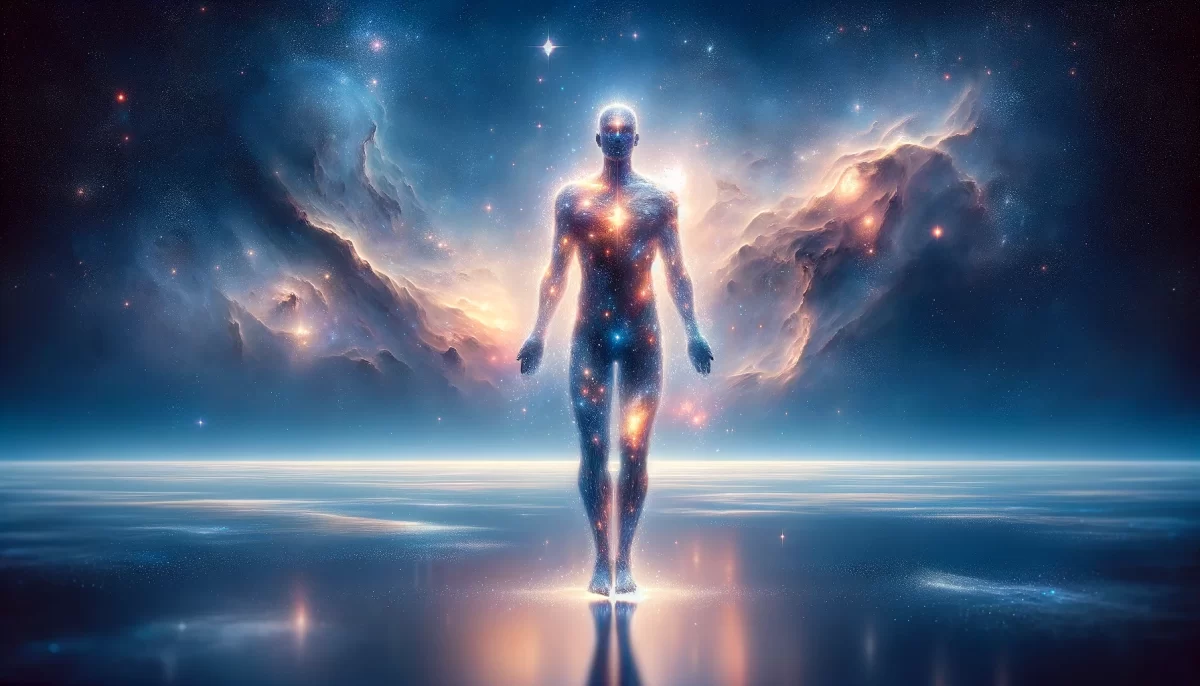

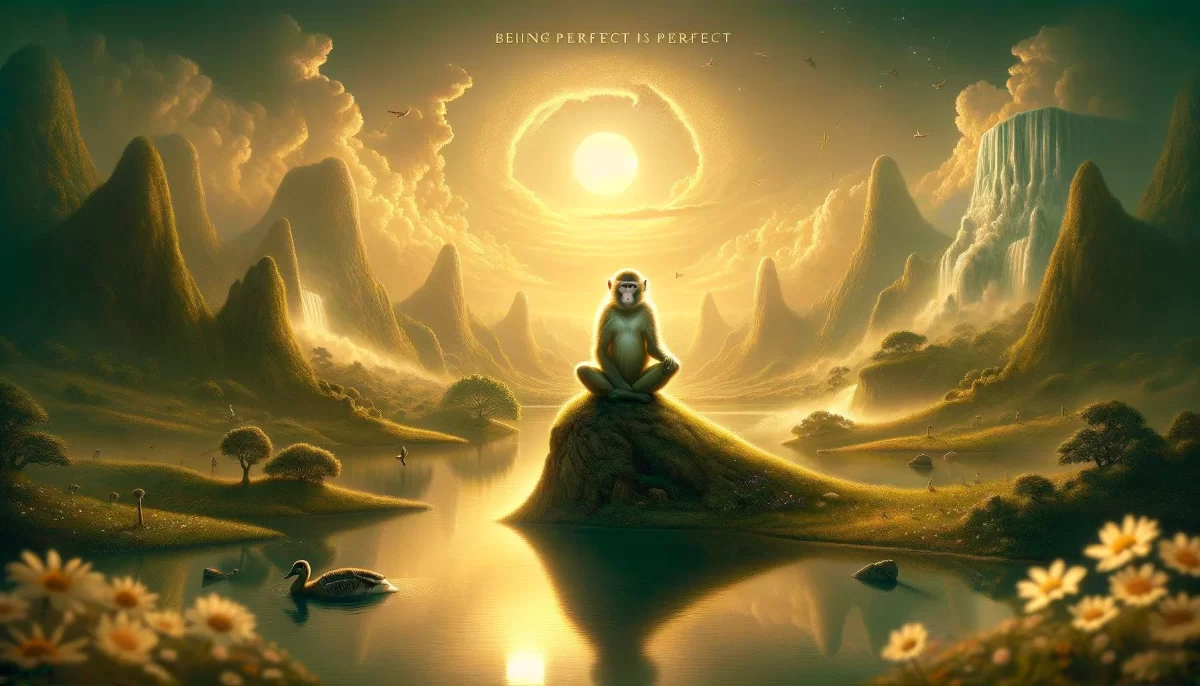
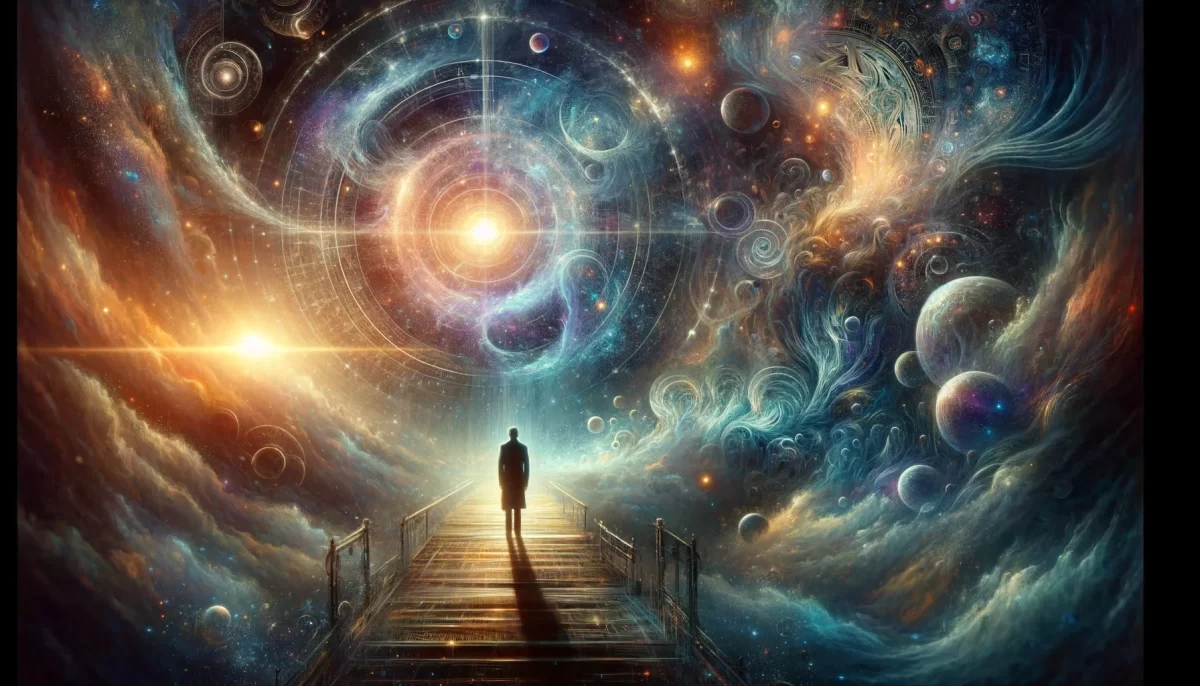



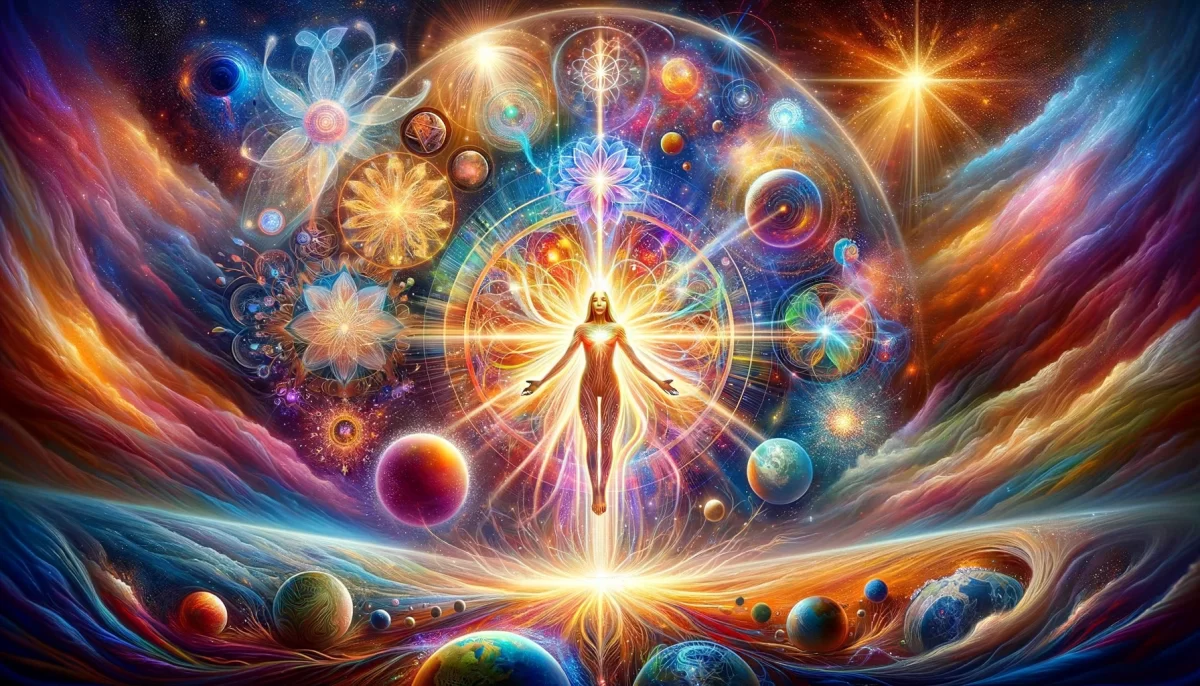
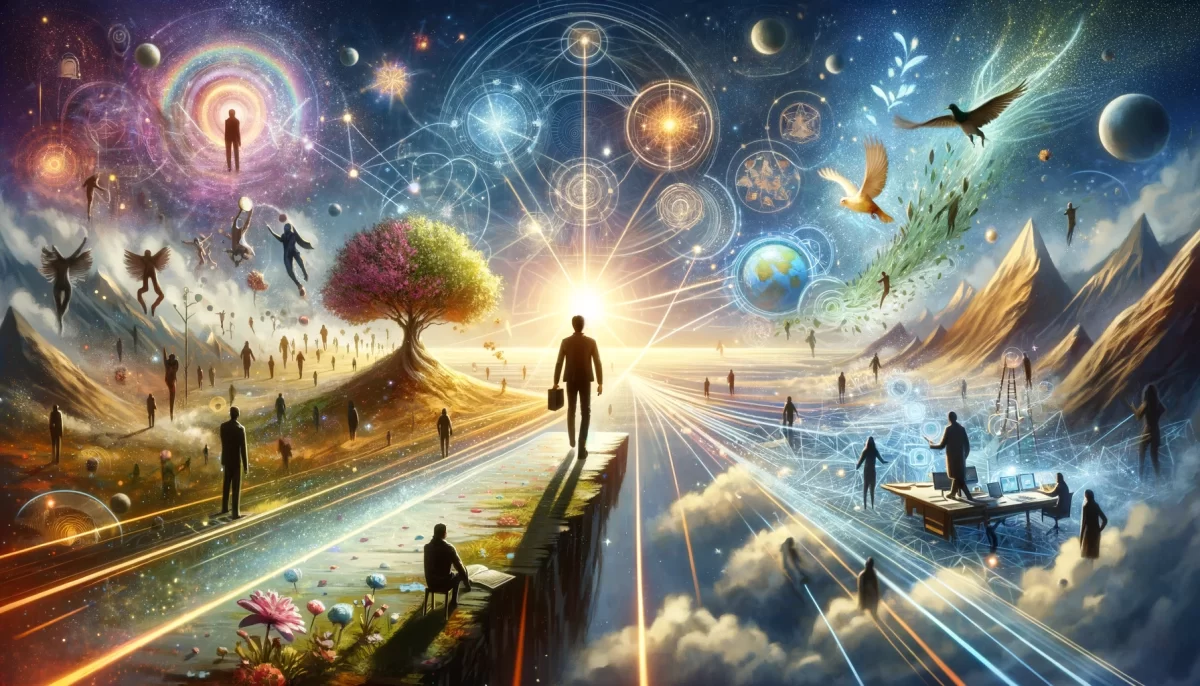
Leave a Reply